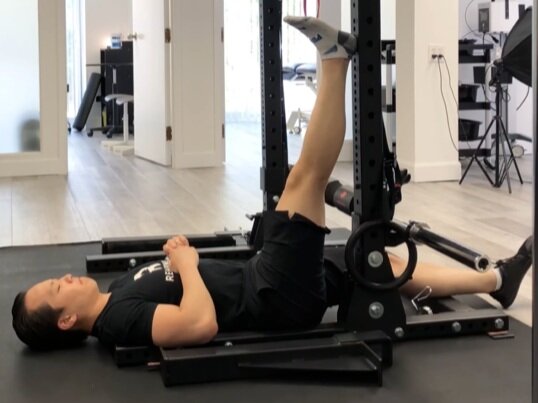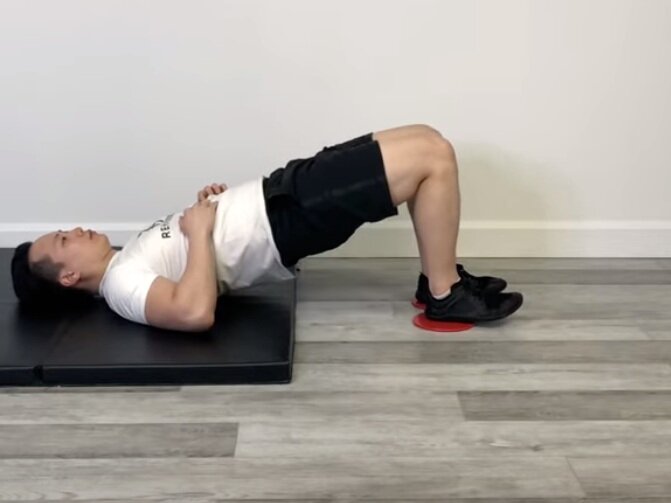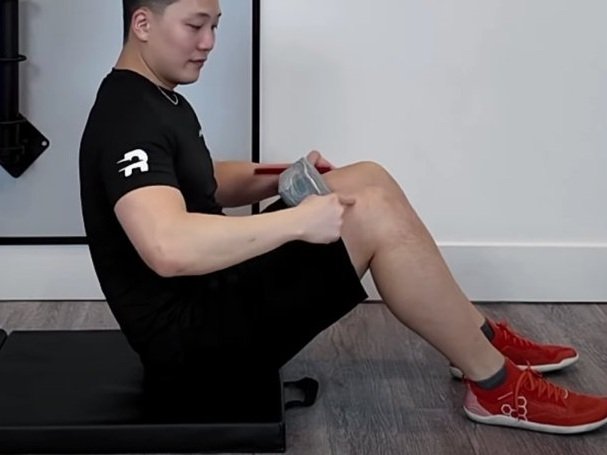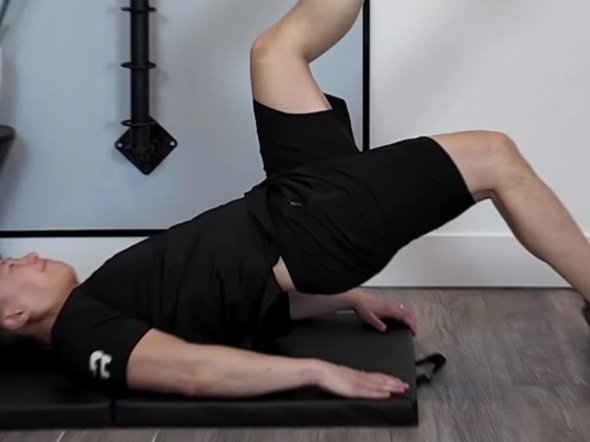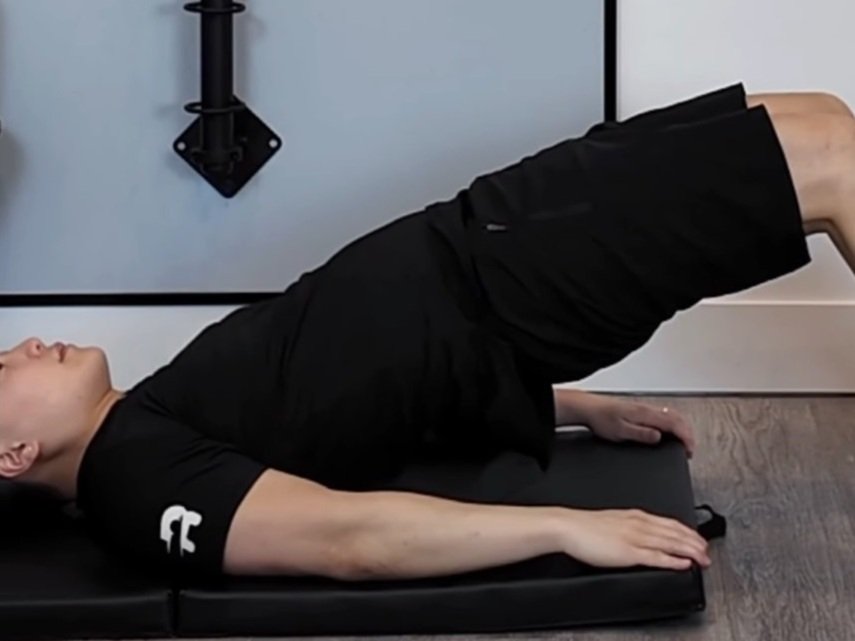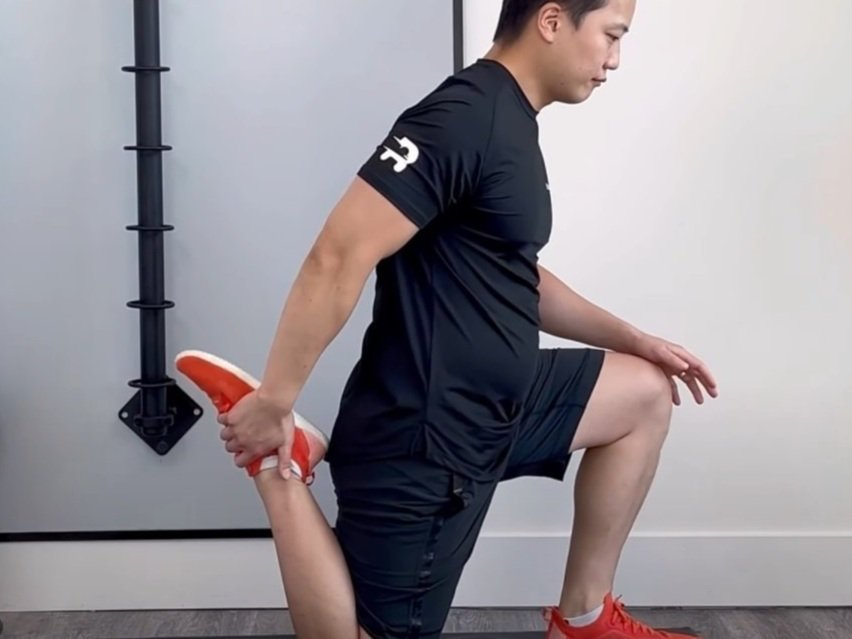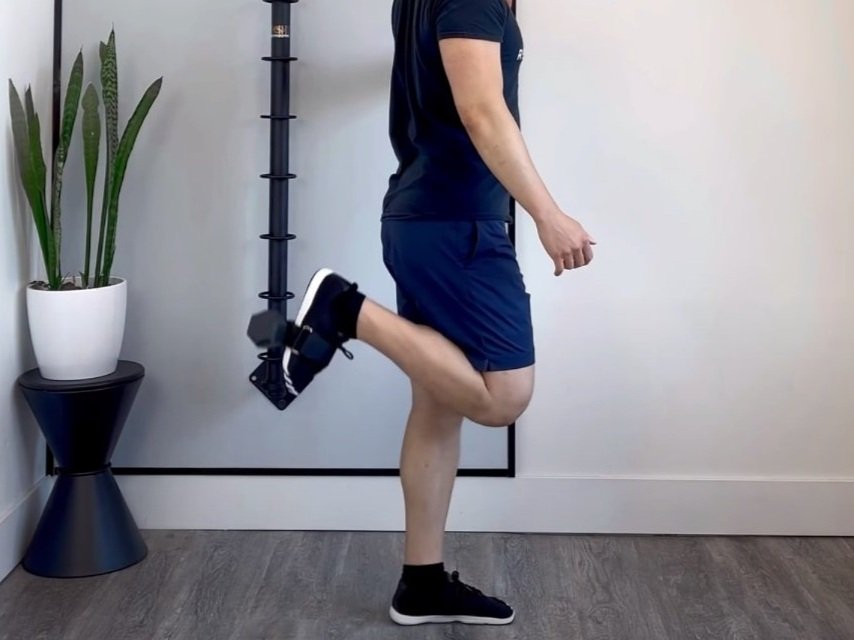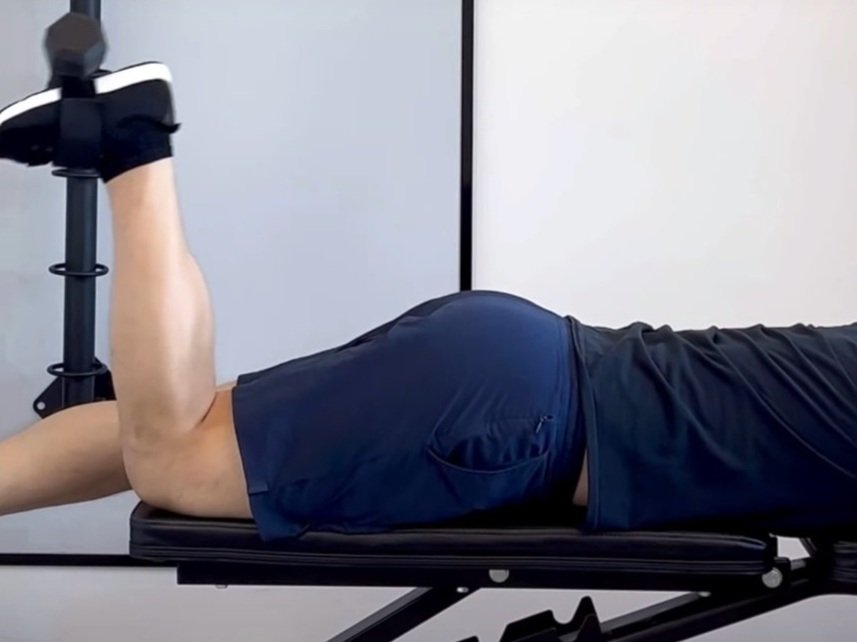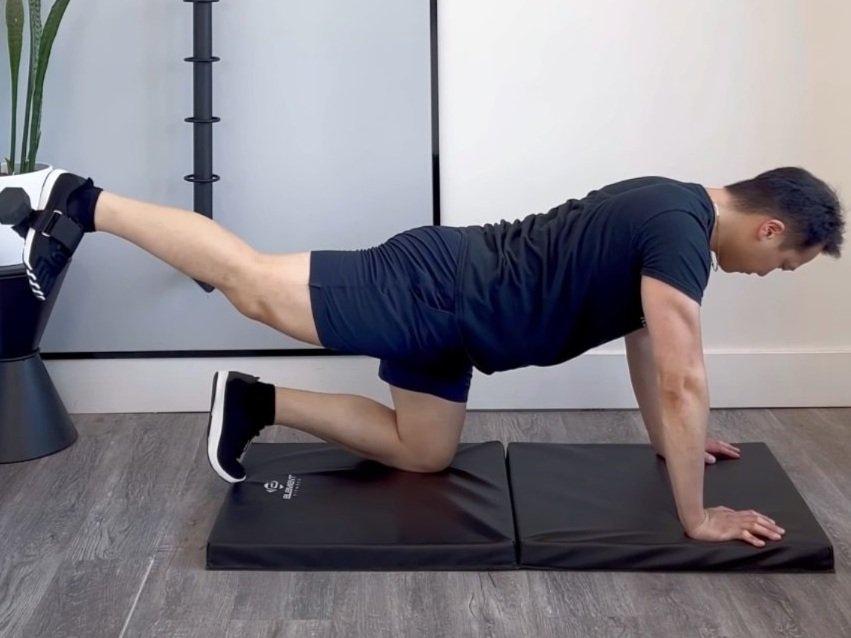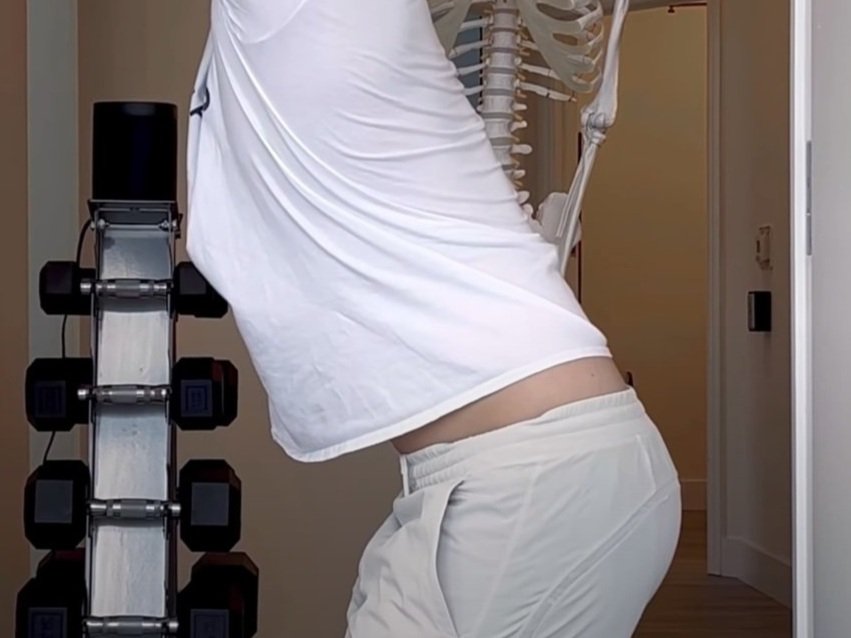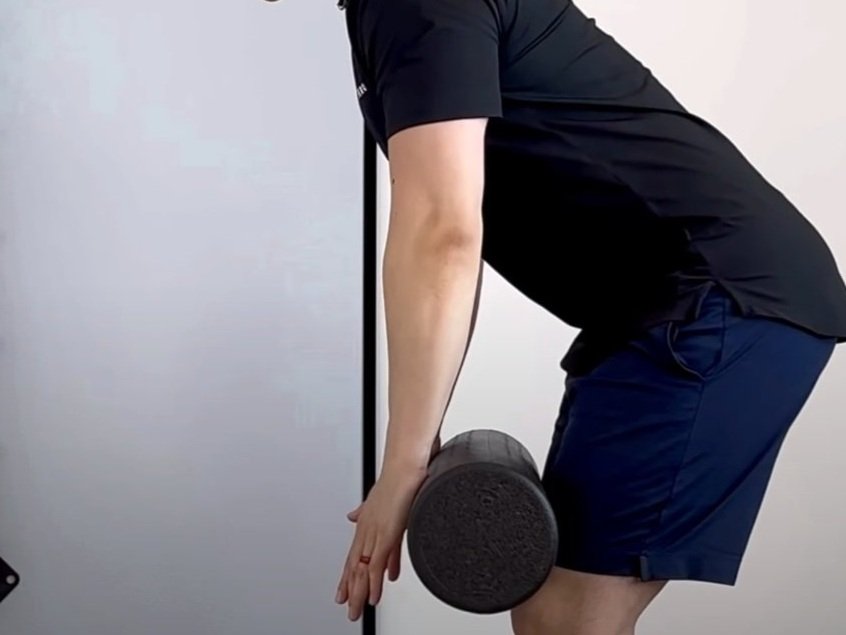Hamstring Strain
Hamstrings Strain AKA Pulled Hamstring
Learn About This Frustrating Condition and Steps to Recovery
About the Hamstrings
The Hamstrings are a group of muscles that lie on the back of your thigh (posterior thigh). This muscle group is composed of the biceps femoris, semimembranosus and semitendinosus muscles. Each of these muscles function to flex the knee (bend the knee) and to extend the hip (kicking directly backwards). As such, it is one of few muscles that crosses two joints in the lower body.
Injury to the hamstrings typically occurs when it its forced to be stretched eccentrically at high speeds. This can cause either an acute over stretch injury or a repetitive overload strain leading to a tear in the muscle fibers. Typical activities that may injure the hamstrings include deadlifting, sprinting, or gymnastics.
A strain is synonymous with a tear,
Who Typically Gets Injured?
This injury is considered to be the most common type of strain occurring in the lower body. It typically occurs in those 16-25 years of age due to correlated higher activity levels, however this strain can occur to demographics of all ages. Some related factors to hamstrings strains include:
Participation in activities such as sprinting, soccer, football, hurdling, dancing
History of previous hamstring injury
Poor hamstrings flexibility (passive range of motion)
Over pronation of the medial longitudinal arches
Imbalance quadriceps to hamstrings strength ratios
Early return to sport (early discharge from rehabilitation)
Co-existing lumbar, sacroiliac joint, or foot injury or dysfunction
Structural or functional leg length inequality
Tight iliopsoas (hip flexor)
Weak core strength or endurance (compensational movement)
Dehydration during activities
Stop-go athletic movements
Failure to warm-up hamstrings prior to highly engaging activities
Weak gluteus maximus and adductor magnus muscles
Electrolyte depleted during activities
Common History Findings
Some common findings that are typical for patients who have experienced a hamstring injury include:
Sudden onset of pain
‘Popping’ noise heard during acute injury
Acute injury occurs at the start of their activity (insufficient warm up of hamstrings muscle) or
Injury occurs at the end of activities (fatigue build up)
Injury occurred during an activity that requires rapid transition from an eccentric to concentric contraction (sprinting, kicking, etc)
Increased pain with sitting, stair climbing, or walking uphill
Decreased pain with rest
Acute pain improved with ice
Chronic pain improved with heat
History of previous hamstring injury
Physical Examination of the Hamstring Muscle
Your sports physiotherapist, chiropractor, or sports medicine doctor will examine your movements on a global level and your thigh on the local level for signs of a hamstrings injury. Some things they may initially observe include:
Antalgic gait (abnormal walking due to pain avoidance)
Bruising (only with severe injuries)
Additionally they may notice tenderness with palpation (diagnostic touching) and may even notice a muscular deformity with complete tears. The muscle may also locally experience tightness or spasm.
Movements that reproduce the pain typically include any motion that stretches the torn fibers. Depending on the location of the strain and severity, the following movements may reproduce pain: passive hip flexion, straight leg raise, or passive knee extension. Typically pain can be reproduced with resisted knee flexion (hamstring curl type of movement), hip extension, or a combination of both knee flexion and hip extension. In grade three strains (full tears) you may not be able to produce any resisted movements in hip extension or knee flexion at all.
Levels of Hamstring Strain Severity
Grade 1
Pain with running or stretching of the hamstring muscle. There may be discomfort or pain with regular activities like walking or bending forwards with a straight knee.
Grade 2
Pain is intense enough to prevent running. Walking will be altered (antalgic) to avoid painful positions. Pain and weakness is noticed with stretching activities, or loaded knee flexion or hamstring extension activities.
Grade 3
This is a full rupture. Full ruptures may be less painful than grade 2 tears due to the severance of nerve endings. Observable deformity may be noticed in the muscle belly. There will be noticeable weakness, loss of function, and altered walking cycle (gait).
Tests for Hamstring Strain
Straight Leg Raise
This test will be positive for hamstrings pain not for sciatic nerve pain. The test is completed by having the patient lying down on their back. Their leg is then raised with a straight knee by the health care provider while the patient relaxes their muscles. If this movement produces pain it is a sign for a hamstrings strain
Taking-Off-The-Shoe Test
While standing, the patient is asked to take off the shoe for the affected side by using the help of their unaffected foot. This movement is performed by having the affected leg’s heel press up against the inner aspect of the unaffected side’s foot. The affected heel is then lifted to pull the foot out of the shoe (the shoe is being held down by the unaffected foot). The affected leg is in approximately 90 degrees hip external rotation, and the knee is bent between 20-25 degrees.
Additional Tests
In order to diagnose a hamstring test no diagnostic imaging is required for grade 1 and grade 2 strains. X-rays are usually not required but may be used to rule out avulsion fractures in severe incidents. Diagnostic ultrasound or MRIs are also not required but may be used to assess the extent of tissue damage.
Hamstring Strain Treatment Options
Hamstrings strains can be managed successfully to full recovery through the guidance of your physiotherapist, massage therapist or chiropractor. Depending on the current stage of healing different measures are taken to improve symptoms and functional outcomes. During the acute phases of injury generally it is recommended to treat the hamstrings using symptom management techniques (focused on reducing pain and inflammation). In this stage, strategies incorporating rest, ice, and compression is used. During the subacute phase of healing (Days 4-7 following acute injury) progressive rehabilitative exercises may be recommended.
At Rehab Hero you can expect your massage therapist to apply a sports, deep tissue, or myofascial release therapy to the side of acute injury. Other areas they may target may include adjacent areas of muscle spasm due to muscle guarding. Massage therapy is used to prevent scar tissue formation, and to promote proper collagen fiber orientation alignment.
Your physiotherapist or chiropractor may apply joint mobilizations or joint manipulations to related joint dysfunctions found at the ankle, knee, hip, pelvis or low back. This is completed in order to reduce compensatory movement pattern development and for symptom management.
At Rehab Hero, acupuncture may be applied by certified physiotherapists, chiropractors, acupuncturists or massage therapist to the hamstrings muscle to promote local blood flow and hormone release. Local points include but are not limited to BL36 and BL37.
Rehabilitative Exercises for the Hamstrings Muscle
The goal of rehabilitative exercises is to regain strength and function of the affected side relative to the unaffected side. Generally it is recommended not to return to activities too early due to high re-injury rates. General guidelines reveal that return to normal activity levels should occur only after the affected leg’s strength is roughly 90% of the strength of the unaffected leg.
Additional goals include achieving a 3:2 strength ratio of quadriceps:hamstrings. Early to mid stages of rehabilitation will generally focus on increasing hamstrings flexibility and capacity, with late stages focused on proprioception, agility training, and activity specific exercises. Accessory exercises focused on correcting lumbar and pelvic biomechanics may be included in a full return to sport program.
Examples of mid-stage recovery hamstring exercises include:
Conservative Management Prognosis
For grade 1 and 2 strains the prognosis is good if consistent with active rehabilitation and relative rest. Of course, the more the severe the injury the more healing time is required. It is important to understand the a full decrease in pain will precede full restoration in function. This is important to know as there is a high re-injury rate (of roughly 75% chance) without proper rest and rehabilitation. It is also important to understand that chronic hamstrings issues can develop with repeated re-injury of the hamstring muscle.
Typically a re-injury will cause increased tissue fibrosis, leading to muscular contracture, which will then decrease flexibility and worsen the overall condition.
In rare cases the scar formation from repeat injuries can impinge the sciatic nerve leading to hamstring syndrome.



